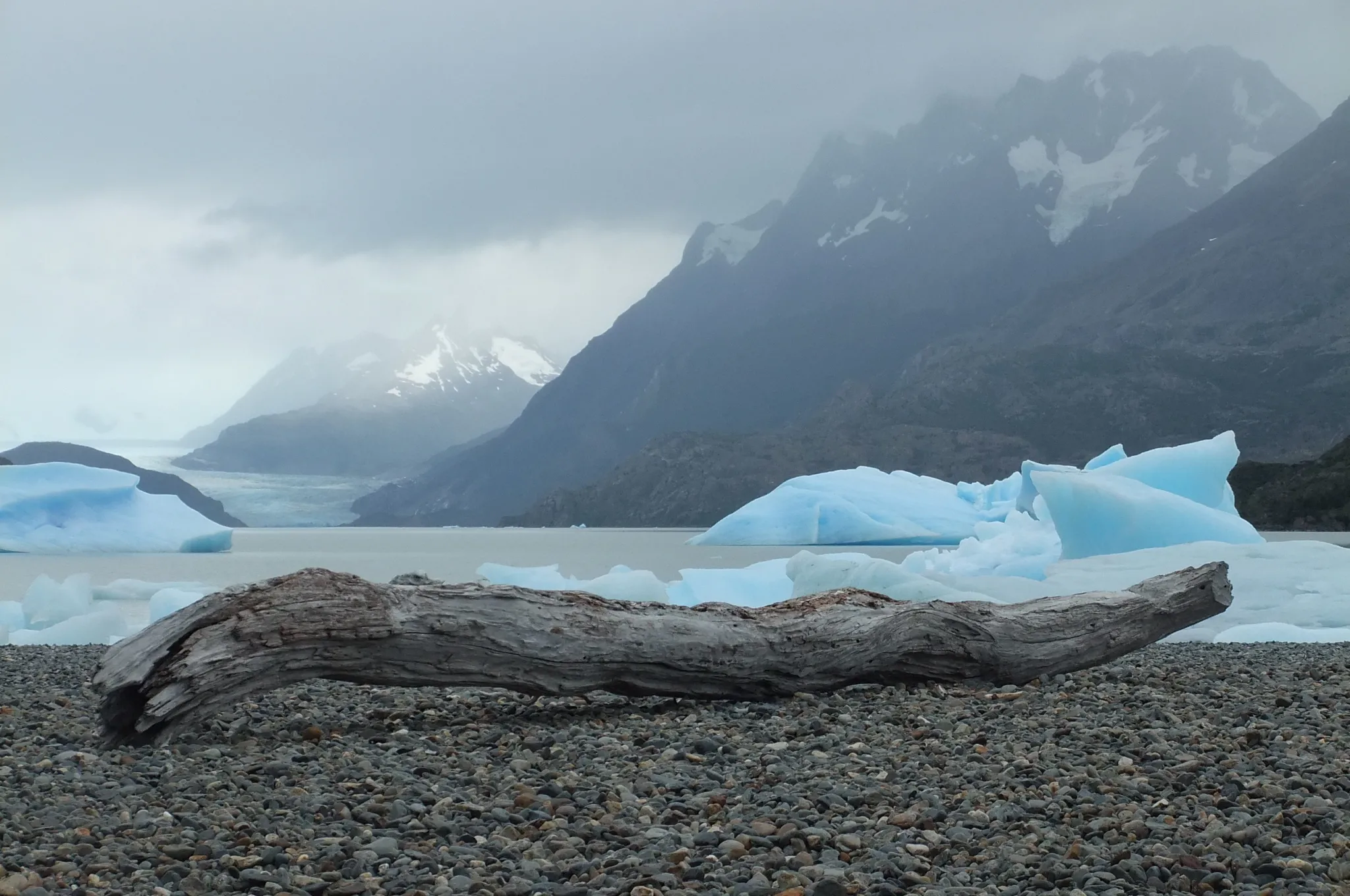Day-1. Santiago
Day-2. Santiago
Day-3. Santiago - Ushuaia
Day-4. Ushuaia
Day-5. Ushuaia
Day-6. Ushuaia - Punta Arenas
Day-7. Punta Arenas - Puerto Natales
Day-8. Balmaceda - Serrano Glacier
Day-9. Torres del Paine
Day-10. Torres del Paine
Day-11. Torres del Paine - El Calafate
Day-12. Perito Moreno Glacier
Day-13. El Calafate - Buenos Aires- Bariloche
Day-14. Bariloche
Day-15: Bariloche - Villa la Angostura - Buenos Aires
Day-16. Buenos Aires
Day-17. Buenos Aires
End of services
PATAGONIA PEARLS ITINERARY
Day-1: Santiago
Arrival in Santiago, reception and transfer to your hotel.
Day-2: Santiago
After breakfast, a city tour of Santiago. An excursion to the Cerro San Cristobal viewpoint for a beautiful panoramic view of the city.

Day-3. Santiago - Ushuaia
After breakfast, transfer to the airport for the flight to Ushuaia, the southernmost city in the world, no capital of the province of Tierra del Fuego.
Day-4. Ushuaia
After breakfast, excursion to the Tierra del Fuego National Park. This sub-Antarctic forest covers the entire region and is located up to 600m above sea level. A visit to Lake Escondido with mountains at the foot of Paso Garibaldi offers a unique view in an environment of supreme beauty. The tour will end with a one and a half hour round trip tour in first class on the 'send of the world's train travelling through the National Park itself.
Day-5. Ushuaia
Choice of excursions may include a boat trip through the Beagle Channel or a visit to Sea Lion Island and the southernmost Argentinean lighthouse.
Day-6. Ushuaia - Punta Arenas
Free morning. Midday transfer to the airport for the return flight to Punta Arenas. Reception and transfer to your hotel.
Day-7. Punta Arenas - Puerto Natales
After breakfast, transfer to the airport for the flight to Punta Arenas, located on the very tip of the continent. Reception and transfer to the Puerto Viejo restaurant for lunch. We continue our trip to the Penguin Sanctuary at Seno Otway. The Magellan Penguins here return annually between the months of October and March to lay eggs and raise their young. Arrival to Puerto Natales and transfer to your accommodation.
Day-8. Balmaceda - Serrano Glacier
After breakfast, full day excursion by boat to the beautiful Balmaceda and Serrano glaciers. Boxed lunch is included. Return to Puerto Natales
Day-9. Torres del Paine
After breakfast, we travel into the Torres del Paine National Park (a UNESCO World Heritage site since 1978). This park is Chile's showpiece: a world biosphere reserve with all the diverse scenery of Alaska in only 180,000ha (444,600ac). The Torres Del Paine are spectacular granite pillars which soar almost vertically for more than 2000m (6560ft) above the Patagonian steppe. A visit to the Milodon cave; where in 1896 the scientific world was fascinated by the discovery of skin, bones and other parts of an extinct animal, the Milodon (Mylodon Darwini). The tour continues with visits to Lake Sarmiento, Nordennskjold, Pehoe, and Lago Grey; site of the Grey Glacier.

Day-10. Torres del Paine
A day of tour options ranging from easy to moderate treks. For the more adventurous, choose from mountain biking in the park to some difficult treks. Accommodation in the National Park.
Day-11. Torres del Paine - El Calafate
Private transfer by comfortable car to El Calafate in Argentina. El Calafate is the site of the incredible Perito Moreno Glacier, one of the most dramatic natural sites left on earth. Two nights accommodation at your hotel. The Perito Moreno Glacier of Santa Cruz is a 60m (197ft) high river of rising, toppling and exploding ice, though it has not advanced for several years.
Day-12. Perito Moreno Glacier
After breakfast, opportunity to walk on the glacier or for a selection of other activities including other treks, 4x4 trips and boat trips to other glaciers in the area such as Upsala, Onelli and Spegazzini.
Day-13. El Calafate - Buenos Aires- Bariloche
Transfer to the airport for your flight to Buenos Aires and connecting flight to Bariloche. Transfer to your hotel.
Day-14. Bariloche
Free at leisure in Bariloche, the ski capital of Argentina. Choose from fishing, trekking, tennis, walking, archery or perhaps even condor watching. Take a cable car ride for tremendous views of the area or for the more adventurous, perhaps some mountain biking.
Day-15: Bariloche - Villa la Angostura - Buenos Aires
After breakfast, we shall take a fabulous scenic route around the beautiful Nahuel Huapi. Along the journey we shall pass several lakes including the Espejo or Mirror Lake which is one of the 7 lakes of the famous 7 Lakes route of Argentina. Return to Bariloche airport for the flight to Buenos Aires. Reception and transfer to your hotel for two nights accommodation.
Day-16. Buenos Aires
After breakfast, a private city tour of perhaps the most cosmopolitan metropolis in South America. A visit to La Boca, Buenos Aires's most colourful neighbourhood. In the evening, dinner & tango Show in La Esquina Carlos Gardel, the foremost tango house in Buenos Aires.
Day-17. Buenos Aires
After breakfast, transfer to the airport for the return flight to Buenos Aires and your return flight home.
End of services